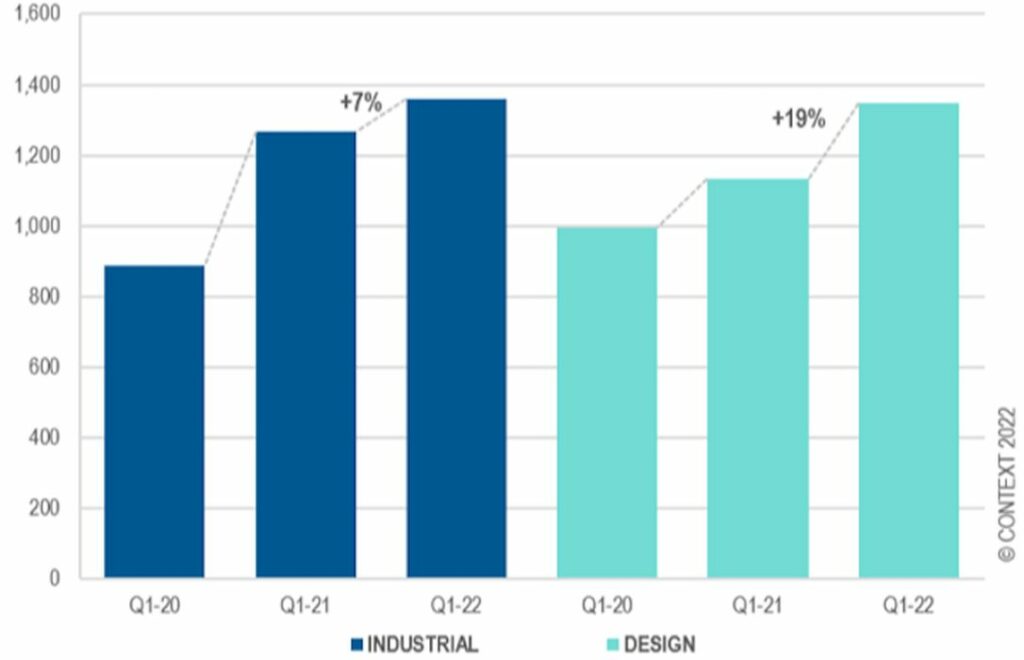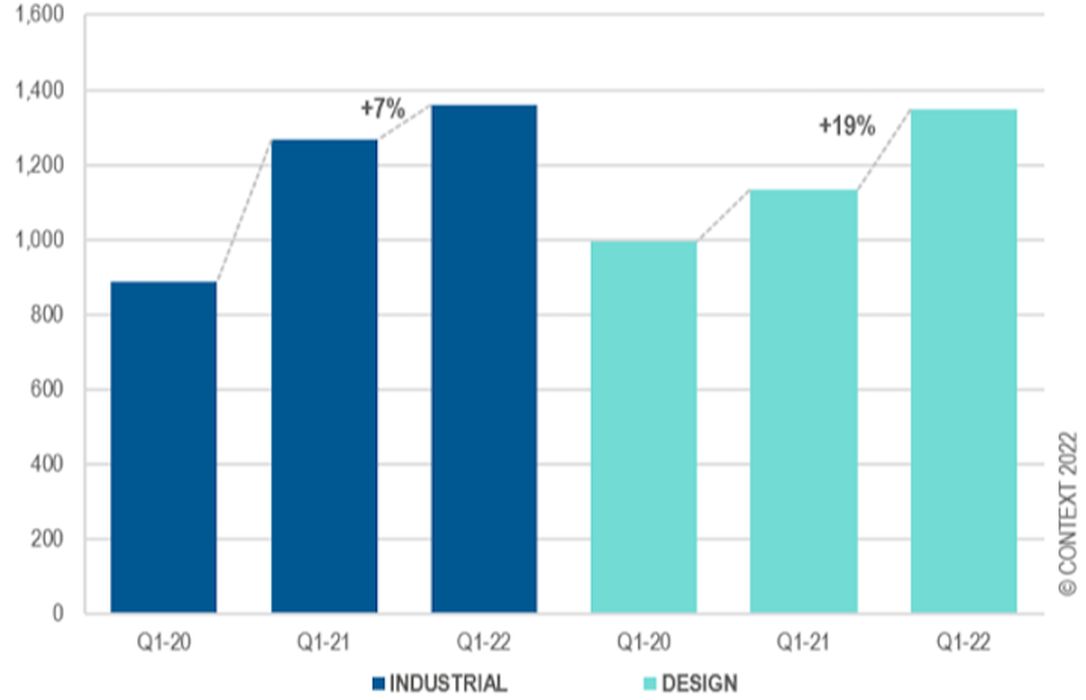
A recent industry report from CONTEXT indicates major shifts in 3D printer purchases in 2022.
All of this is, of course, caused by the pandemic, which generated significant changes in business need, shipping scenarios and other effects, including labor availability.
Initially, 3D printer manufacturers found themselves in a world of dropping sales, as no one was doing anything in a world of uncertainty. But then as things settled into a new state, recognizable patterns emerged.
Industry slowed down considerably, as demand for everything had dropped. This meant that makers of industrial 3D printers had excess inventory, or stopped making equipment for a time. Some even reinvented themselves as print services using the surplus equipment.
Then a big shift occurred later as companies suffering from severe supply chain issues began to use local additive manufacturing to produce the parts they couldn’t obtain from their normal overseas partners. This caused a huge pull from 3D printer manufacturers.
The CONTEXT report now confirms this, as they found 2022Q1 sales of industrial 3D printers, which they define as equipment priced over US$100K, rose 113% over 2021Q1. That is a very significant rise, especially when you consider that in early 2021 many manufacturers were already seeing increases. This shows that regional manufacturing of parts using AM processes is taking hold, and could even increase more.
CONTEXT also reported sales increases for Design and Professional 3D printer categories, although not quite as high as that of the industrial category.

It would seem there’s a boom in sales of 3D printers, but it turns out that’s not quite the case across all categories. CONTEXT reported a 25% decline for the Personal 3D printer category, and a whopping 47% drop in the Kit&Hobby category, where machines must be assembled by the buyer.
These figures are dramatically different than those of the industrial, professional and design categories. While CONTEXT cites several positive signs for this category, the figures speak for themselves.
CONTEXT describes this:
“In a total reversal of trends seen during pandemic lockdowns in 2020, shipments of the highest-end 3D printers were on the rise and accelerating in Q1 2022 while shipments of consumer-centric systems were down and decelerating.”
My thought is that this category likely rose significantly during the pandemic, as homebound workers opted to acquire 3D print technology for their residence. In some cases the equipment was provided by companies to workers based in home offices where they could not access the normal workgroup 3D printer. A printer on every desk, so to speak.
However, once such printers were in place in homes and offices, there is really little need to replace them after only a year or less. These devices are likely good for several years, and would not be replaced unless very significant technological and price advantages emerge with new products.
That hasn’t yet been the case, so it may be a case of a saturated market for Kit&Hobby equipment. I’m hoping this scenario will cause the manufacturers to find ways to make their equipment much better to reinvigorate sales.
That would not only help them, but could also affect the professional market. As low cost machines continually get better, their capabilities gradually approach those necessary for professional use. It may be that companies selling higher priced professional equipment might suddenly find new competitors emerging from the low-cost space.
Via CONTEXT


Context’s reports are really interesting. So I was wondering. Shouldn’t we talk about “shipments” of 3D printers instead of “sales”? Indeed, some manufacturers, such as Carbon, do not sell their machines but propose instead subscription offers.